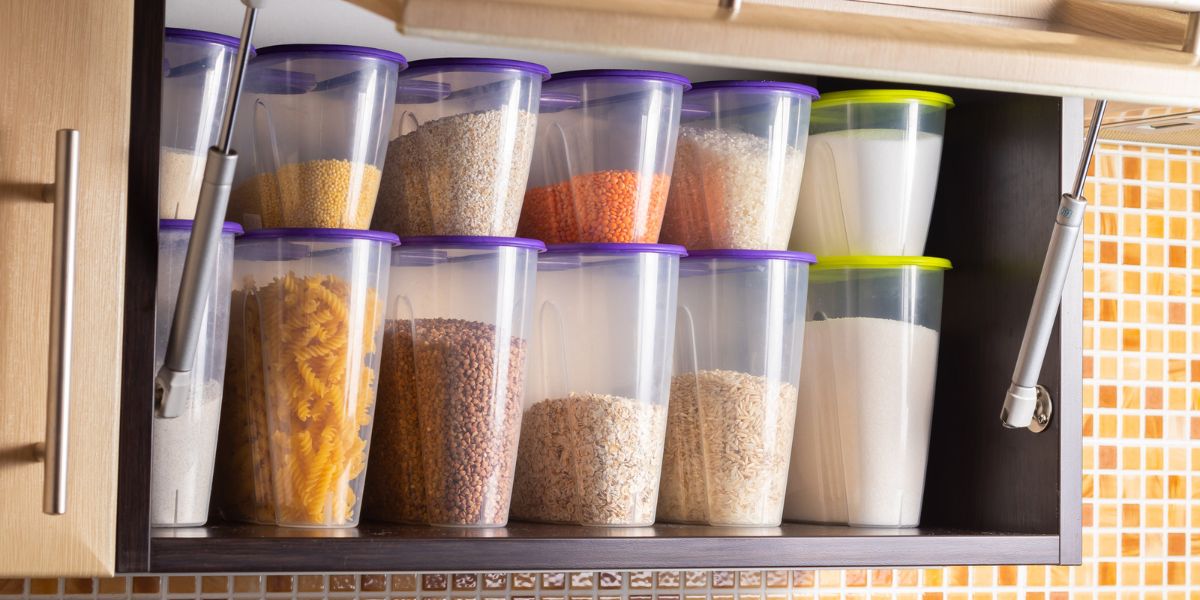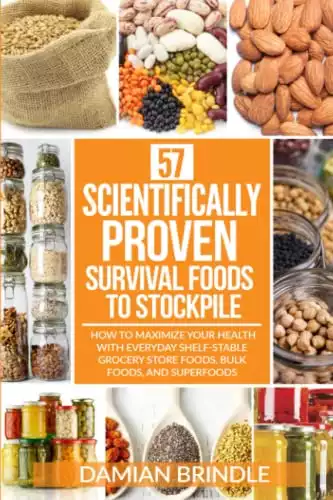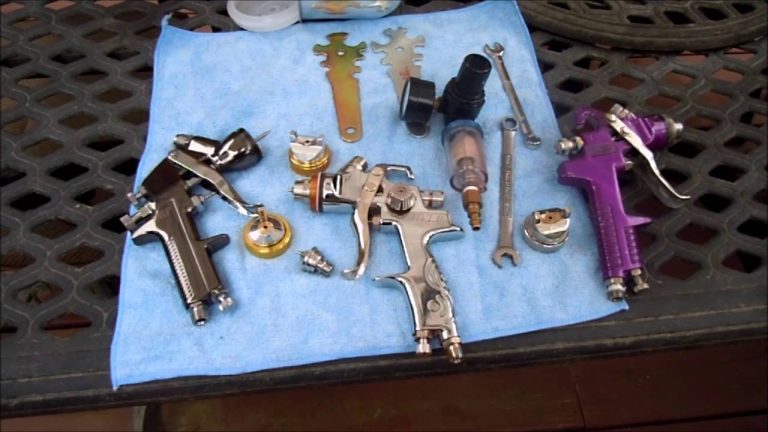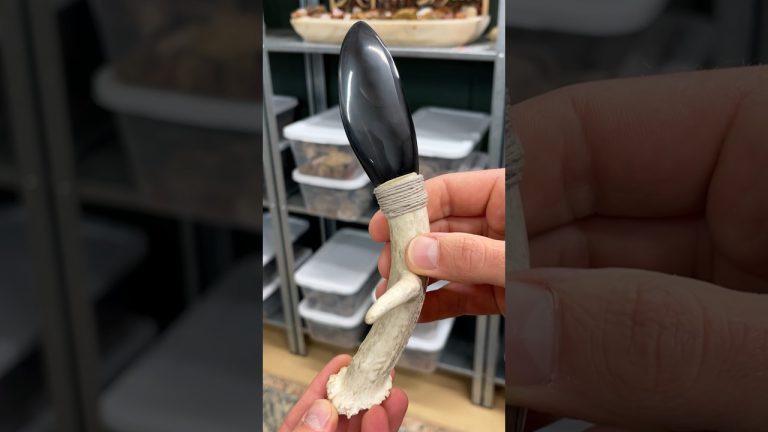When building a survival pantry, most preppers simply consider shelf-stable foods. Believe it or not, though, breakfast cereal is probably one of the most important foods you should stock due to its nutritional value.
But you can’t just stick your cereal collection in an open-air pantry like you’re Jerry Seinfeld and expect it to last. Storing your breakfast cereal properly ensures you stay healthy when food is sparse.
Many people would rightfully argue that genetically modified sugar-laden cereals are one of the worst foods you can eat, but don’t be so quick to overlook its fortified essential vitamin and nutrient content, absolutely necessary for survival.
Taking the time to properly store your cereal boxes for the long term might just be the smartest thing you can do as a prepper.
Why You Should Store Breakfast Cereals
According to 57 Scientifically Proven Survival Foods to Stockpile, breakfast cereals repeatedly top the list for these essential vitamins and nutrients:
- Fiber
- Carbohydrates
- Vitamin A
- Vitamin D
- Vitamin E
- Vitamin B12
- Calcium
- Chromium
- Copper
- Iron
- Phosphorous
- Zinc
They also offer a decent amount of protein and calories. All of these macronutrients are imperative for the body to function properly.
A smart prepper will look at maximizing the nutritional value of their food storage not only to stay alive but also to remain healthy and provide the essential nutrition that the body needs.
A wide array of breakfast cereals, along with some powdered milk is a good start. Within your spectrum of cereals, don’t forget to include things like granola, cream of wheat, oats, and grits, which are not necessarily saturated in sugar but still fortified with essential vitamins and minerals.
How to Store Your Breakfast Cereals Long Term
An unopened box of breakfast cereal, such as Post or Kellogg’s, is packaged airtight and will keep for a long time. In many cases, the best-by date is at least a year out from your date of purchase, if not more.
However, air, moisture, and/or humidity can ruin your cereal in a hurry. So, you always want to keep your unopened boxes in a cool, dry place.
Once you’ve opened your box of cereal, you’ll want to look into airtight containers for your food storage, especially if you live in high-humidity areas where cereal can go stale in just a day or two.
Many preppers also freeze their cereals for 48–72 hours immediately after purchase to kill off any insect eggs that might still be residing inside. This is especially common in foods like oats and grits.
Should you do this, be sure to let your frozen cereal thaw to room temperature before packaging in airtight containers. Otherwise, you could end up with mold in your food supply.
1. Airtight Food Containers
When using airtight food containers, opaque ones are best. Exposing any type of cereal to light causes the oils to break down and also causes starches to turn brown, both of which shorten the overall shelf life of your cereal.
There are lots of options to choose from when it comes to airtight containers. Anything from Tupperware to FoodBrick containers is acceptable, and it’s really just a matter of personal preference.
Generally speaking, you can extend the shelf life of boxed cereals, muesli, cream of wheat, sprouted grain cereal, and granola by roughly six months simply by placing them in an airtight container. Stone-ground grits can last up to one year in an airtight container, and instant grits can last up to five.
2. Mason Jars
Mason jars are just another airtight container, but they’re a common method of food storage for dried goods. As with other airtight containers, opaque or amber-colored jars are far better than clear ones since they block light.
Storing your dried cereal in mason jars gives you at least an extra year on the shelf life of your cereal and likely much more. Tossing in an oxygen absorber helps keep your cereal fresh and free from any lingering pests.
Since the glass is nonporous, it won’t absorb odors or flavors. Plus, mason jars protect your food from moisture and rodents. The downside to mason jars is they are fragile, heavy, and take up a lot of space.
3. Freezer
I’m not a big fan of freezing cereals. Freezer space is valuable real estate for foods that need to be kept frozen or will otherwise perish. It’s inadvisable to forfeit such valuable space for nonperishable goods.
However, some people do prefer this method. In most cases, storing an open box of cereal in the freezer won’t buy you more than six months. Beyond that, the taste and texture of your cereal diminishes.
Muesli is the one exception to this rule. Freezing your muesli buys you up to two years of additional shelf life. Likewise, freezing cream of wheat can extend its shelf life by one year while still retaining its nutritional value.
4. Vacuum Sealers
Using a vacuum sealer on your dried cereal might buy you a six to nine-month extension on its freshness, but it’s not the best method for long-term storage. However, for those preppers who like to freeze their cereal, I would recommend vacuum sealers to help stave off moisture and preserve your cereal’s freshness and flavor.
5. Dry Canning
Some people opt to dry can their cereal and other dried goods in their mason jars. We all know this isn’t an “approved method,” but it doesn’t stop people from doing it. You will have to decide for yourself what is and is not an acceptable practice for you and yours.
Here are the reasons dry canning is traditionally frowned upon:
- Mason jars were not created for dry heat. Thus, dry canning may cause microfractures.
- Heat facilitates the release of moisture from foods, which can get trapped inside the jar and eventually cause mold.
- Introducing heat to your cereal accelerates the degradation of vitamins and nutrients.
- Dry canning causes condensation.
- Oven canning creates a thermal seal, not a vacuum seal.
All that being said, proponents of dry canning state its only purpose is to remove moisture and kill bugs, making the above arguments irrelevant considering the type of food that’s being canned.
From my perspective, it just seems like a whole lot of unnecessary work. There are many other less laborious methods for eliminating pests and removing moisture.
6. Mylar Bags
Mylar bags are arguably the best way to store dried goods. They keep light, moisture, and most pests out. Plus, they’re lightweight and portable, so they’re easy to transport when needed. Just be sure to add oxygen absorbers.
I like to buy bulk quantities and then repackage the cereal in individual portion sizes so that it can be consumed as needed without having to worry about any waste or the additional cost and labor of adding more O2 absorbers and resealing bags.
The trade-off is you lose a little bit of storage space when combining mylar bags with food-grade buckets. For example, if I’m storing several one-gallon bags in a five-gallon bucket, I can only fit four bags in the bucket, so I’m essentially losing a gallon of space.
While mylar bags help preserve the quality and integrity of most food, cereals containing nuts, chocolate, or other products high in oil are more vulnerable to rancidity, so they won’t last as long, even with mylar bags.
Mylar bags can extend the shelf life of cereals like granola and muesli by one to two years, whereas cereals like cream of wheat and grits can last upwards of 30 years.
7. Food Grade Buckets
Food-grade buckets are ideal for storing larger quantities of food. Many preppers combine mylar bags and food buckets because the buckets themselves don’t act as oxygen barriers. Combining mylar bags with food-grade buckets does not extend the shelf life of your food, and it’s essentially identical to mylar bags by themselves.
The bucket is just an added layer of protection to the mylar bags, particularly rodents that are capable of chewing through the mylar. It also provides a means for future food storage during an EOTWAWKI situation.
8. #10 Cans
If you have the equipment already or want to invest in it, then you can also use #10 cans to store your cereal. However, most preppers agree that while #10 cans are excellent for food preservation, they’re simply not a cost-effective method.
Additionally, prolonged can storage sometimes results in your food absorbing tin-like flavors, so it pays to be selective when deciding which foods to put in tin cans, if any at all. As far as the longevity of food stored in a #10 can, it’s pretty much equivalent to mylar bags. Tin cans are just a bit more durable.
Overall, when it comes to storing dry goods like cereal, mylar bags are always your best bet, combined with food-grade buckets for added protection.



















